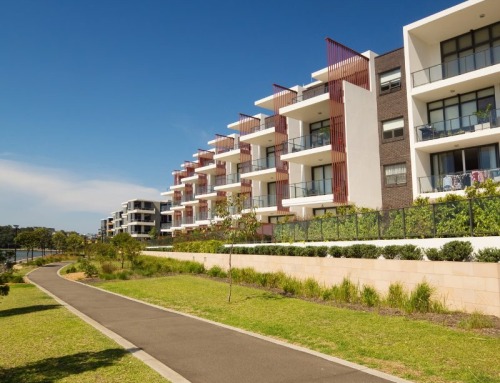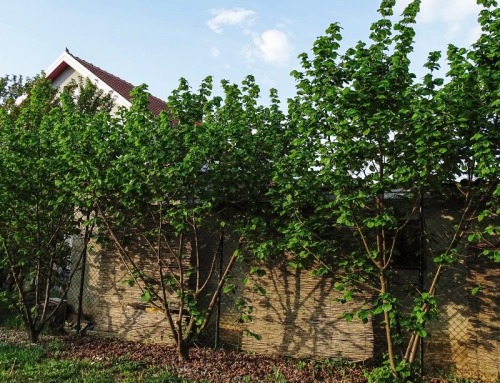Any Awning extending over public land, such as footpaths or roads, can threaten the safety of the public, and NSW has introduced changes to ensure building owners are act responsibly when installing awnings that extend over such land.
Following a fatal accident in Balgowlah due to the collapse of an awning, the Deputy State Coroner conducted an investigation and prepared a report.
Report by the Deputy State Coroner
It was reported that there have been 17 reported incidents of awning collapses in various locations across New South Wales since 1998. The main issues raised by the coroner were:
- The power of the Council concerning public safety;
- The power of the Council under the Roads Act; and
- The type of approvals required for awnings.
Though several Councils have started their own awning safety programs, it was recommended that the implementation of such programs should be made on a state-wide basis.
Who is responsible for the safety of the awnings?
It is the responsibility of the owner of a building to which an awning is attached to properly maintain the awning. Section 142(1) of the Roads Act 1993 provides that it is the responsibility of the person having the control of the structure to maintain the awnings in a satisfactory state of repair.
Role of the Council
Local Councils are expected to raise awareness in the community regarding the maintenance of awnings through various programs. Such programs must include the following:
- The owners of buildings which have awnings extended to public land must be identified;
- Such owners must be notified of their responsibility of maintaining the awnings;
- The Owners must be aware of the legal implications in case of collapse of the awnings;
- Awnings more than 10 years old must be inspected by professional engineers for structural adequacy; and
- Details of any inspection or works must be provided to the relevant Council.
Powers of the Council
Councils are equipped with certain powers which allow them to carry out various inspections or require repairs to defective structures. The legislation includes:
- Environmental Planning and Assessment Act 1979 – The Council may conduct inspections or require repairs if “a building is or is likely to become a danger to the public” or “a building is so dilapidated as to be prejudicial to its occupants or to persons or property in the neighbourhood”;
- Local Government Act 1993 – Section 124 states, provides that where land or premises are not in a safe or healthy condition, or where it is necessary to alter or repair a work or structure on, over or under a public place because of public interest, the Council has the power conduct inspection or require repairs.
Legal compliance required for the erection of Awnings
Though previously erected awnings were allowed to be erected as an “exempt development”, from September 2009 development approval for awnings along with a complying Development Certificate are required.
The State Environmental Planning Policy (‘SEPP’) (Exempt and Complying Development) 2008 provides for the following:
- The type of awning developments is to be specified and they should fall under the scope of complying developments under the Codes SEPP;
- Complying development must meet the relevant provisions of Building Code of Australia; and
- Development consent is required for other awnings as well.






![Construction Law Update – The decision of Pafburn Pty Limited v The Owners – Strata Plan No 84674 [2024] HCA 49](https://wmdlaw.com.au/wp-content/uploads/2025/05/Construction-500x383.jpg)